How to use a turbocharged car properly?
(Baonghean.vn) - Nowadays, cars with turbocharged engines are becoming popular. For the majority of users, besides the "high" feeling when stepping on the gas, the use and maintenance of this new transmission system is still strange. Meanwhile, sometimes traditional concepts, if applied mechanically, will lead to unfortunate consequences for cars using turbocharged engines.
1. Let the car run for a short while before moving.
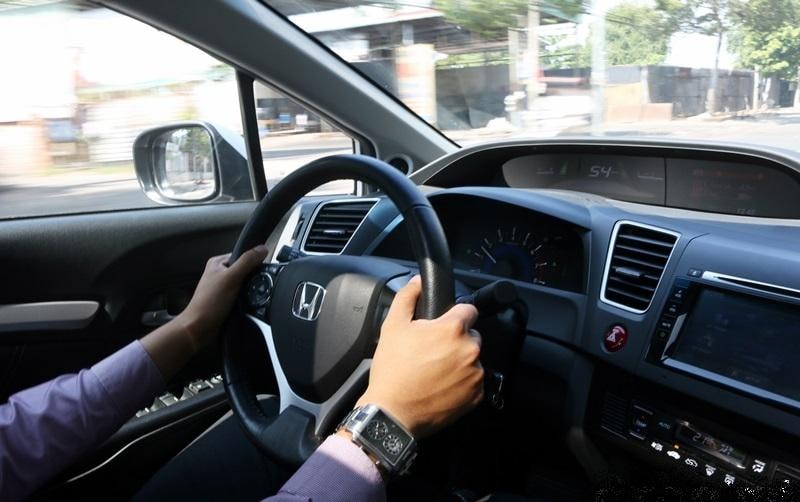 |
This is a very useful trick for cars with new generation turbochargers. When starting the engine, waiting for a short time helps ensure that the coolant and lubricating oil in the turbocharger system are pumped up enough to reach the standard for operation. This is very important, especially for cars using small turbochargers but high rotation speed.
The optimal detonation time is 3 - 5 minutes; the temperature for oil to circulate and lubricate machine components is usually 80 - 95 degrees Celsius, so on very cold days the waiting time may be longer.
2. Wait for the engine to idle before turning off the engine.
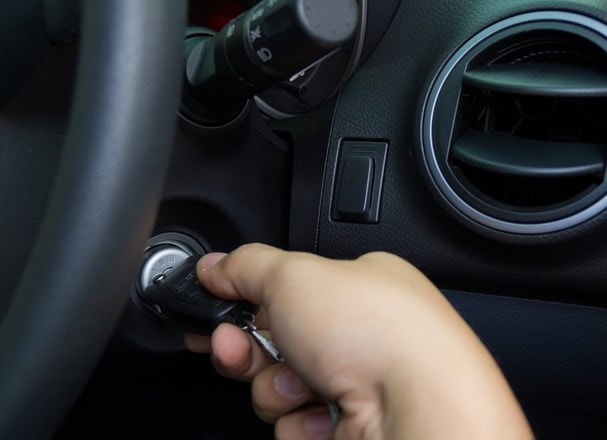 |
On some high-end car models, manufacturers often design the oil pump system to operate for a short time even after the engine is turned off, to ensure that the engine's temperature-sensitive systems are cooled down to a safe level... However, not all cars with turbocharger systems are so favored.
Therefore, it is advisable to ensure that the vehicle is in idle condition before turning the key off - this is especially important if the vehicle has just been on a long journey, or is running at high speed. This will prevent the transmission and many other transmission components in the vehicle from being "shocked" by stopping too suddenly.
3. Remember to change the fuel filter every 15,000km
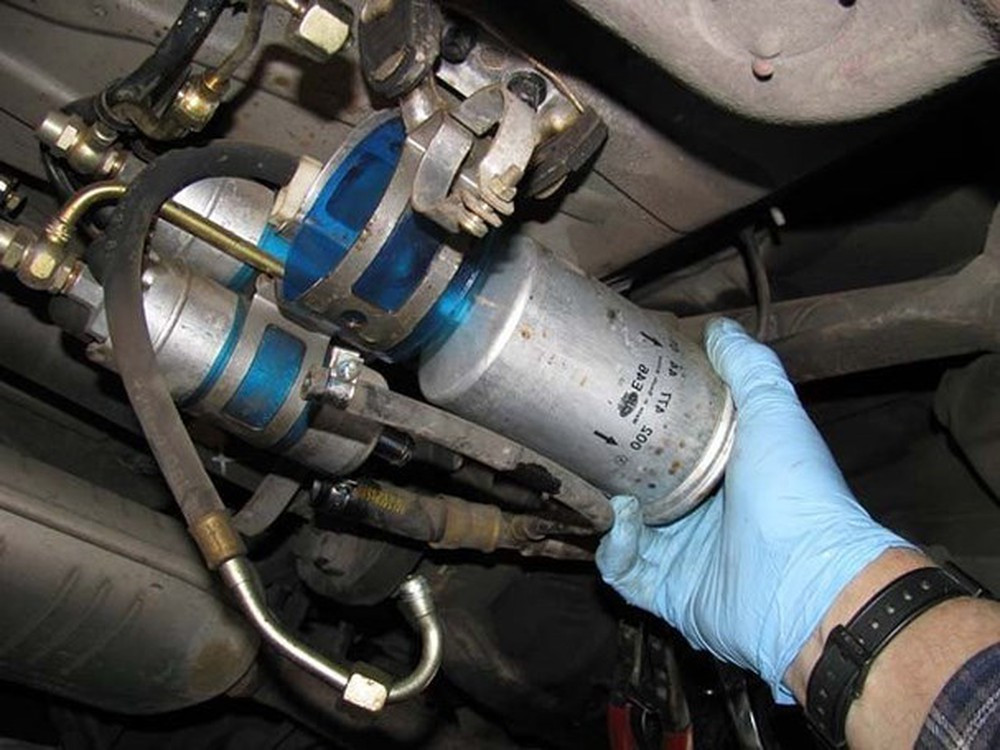 |
For cars using turbocharged engines, changing the fuel filter at the right time is extremely important. Because turbocharged engines are quite sensitive to the ratio of gasoline and air when they explode.
When the fuel filter is dirty, these two components will change, leading to the turbocharger system being easily damaged. In addition, the turbocharger operates on engine exhaust gas, when dirt gets through the filter, the "life" of the turbocharger system will be reduced. Note, when replacing the fuel filter, find the correct type specified by the manufacturer.
4. Do not use gasoline with an octane rating lower than the manufacturer's recommendation.
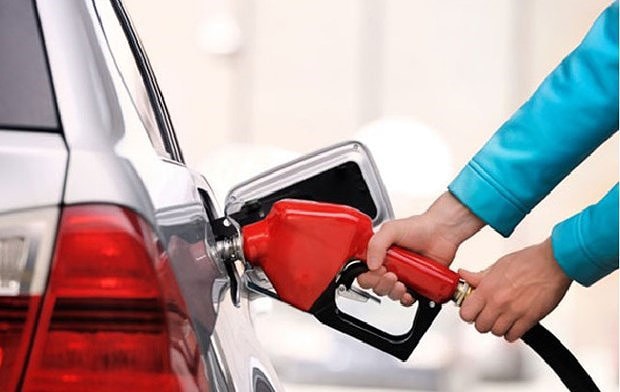 |
If you use gasoline that does not meet the manufacturer's standards, it will cause a misfire in the ignition timing. This will cause problems during vehicle operation, especially for vehicles manufactured 5-7 years ago.
This index deviation does not affect the life of the turbocharger but has a negative impact on the engine, especially the phenomenon of loud engine noise due to continuous mistimed fuel ignition.
6. Maintain the turbocharger intercooler system every 160,000km
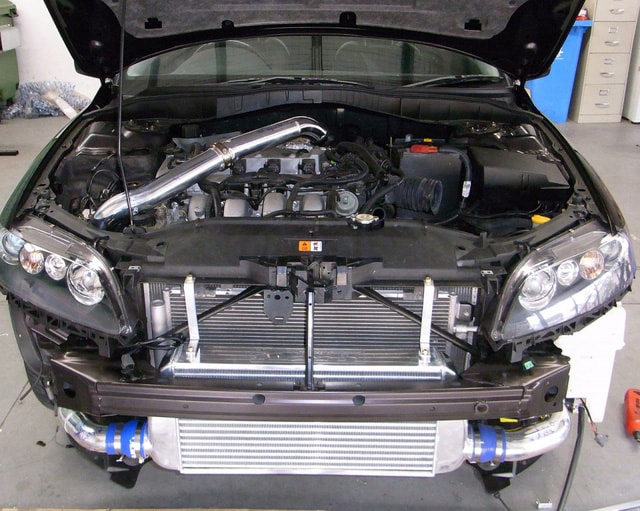 |
Cooling system maintenance and coolant replacement are issues that need to be done regularly with turbocharged engines. At the same time, users should also pay attention to maintaining the intake air cooling system of this part.
However, the maintenance of this part is quite difficult, the car owner can hardly do it himself but needs the help of a skilled repairman to remove the entire turbocharger system. Then, the grease must be cleaned, checked for any abnormalities... to ensure all functions are working properly.
7. Periodically check the high pressure gas pipeline system
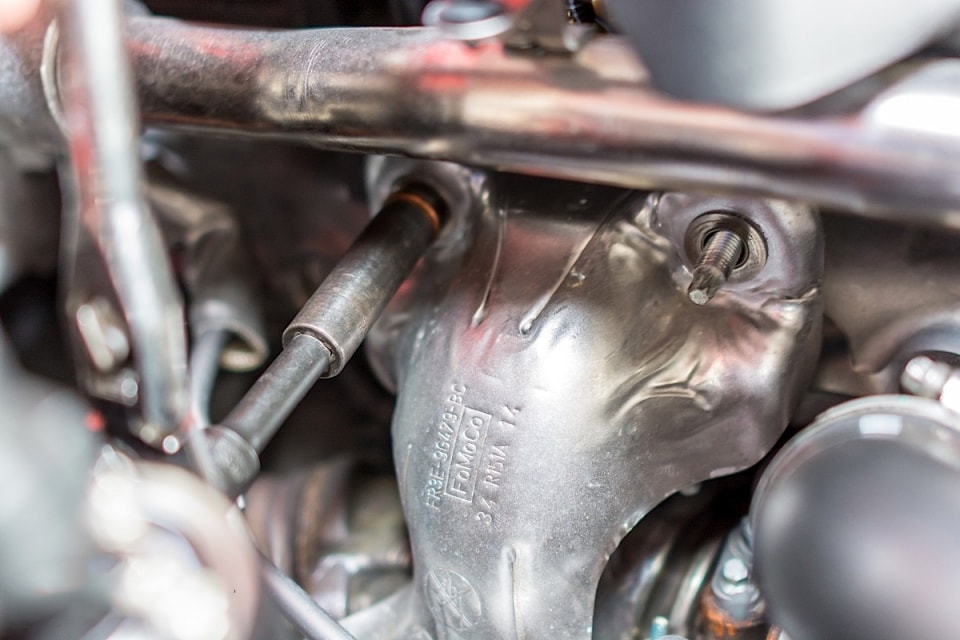 |
This is a part that is often forgotten when maintaining a turbocharged engine. However, just a small error in this system can lead to a decrease in turbocharger pressure. At this time, the turbocharger turbine needs to operate at a higher speed to compensate for the lost pressure, causing the system's lifespan to be seriously reduced. Therefore, regularly check the high-pressure gas line system to avoid unfortunate damage that may occur.
8. Don't move too slowly in high gear
 |
With turbocharged engines equipped with paddle shifters (or manual shifting mechanisms), shifting too slowly in high gears puts a lot of stress on the transmission components, reducing the vehicle's "lifespan"... If you're unsure about which gears to use, let the car decide for itself.
Manual transmission cars have turbochargers so make the most of the gearbox's capabilities; choose the right gear to get the necessary traction when going uphill or downhill instead of trying to accelerate in a high gear, making the turbocharger work at high intensity unnecessarily.
9. Do not press the accelerator pedal all the way, especially when exiting a corner.
 |
One of the mistakes that drivers of turbocharged cars make is to try to push the accelerator when they feel that the car is not getting enough traction due to turbo lag. This poses a risk of the car jumping out of control, when the turbo system is suddenly activated, providing the car with a huge amount of power.
It is especially dangerous when the car is exiting a corner, or in situations of maneuvering in crowded places. Many "crazy car" situations have occurred just because "inexperienced" drivers tried to step on the gas when the turbo lag phase was happening.


